How we have unloaded HR specialists: infomats for issuing payment sheets

We here remembered one of the already long-standing projects - the automation of routine business processes in an industrial enterprise. This is not about know-how, but about standard solutions that work effectively.
So, the story takes place in the company of the chemical industry, where about 8 thousand people work in several geographically distributed objects. Each such facility has its own personnel department. All workers from time to time need to get information and in a constant mode - payment sheets. Previously, they came to personnel officers who spent on preparing and sorting all the documentation (some of the documents are sent to the workshops, some - to the mines) quite a lot of working time. Moreover, 85% of requests are the issuance of documents that do not require signing. That is why the customer asked us to automate typical processes for issuing payment sheets. The remaining requests, for example, for issuing certificates, still require manual processing: stamps and signatures.
How does the process of issuing documents and certificates usually work?
In most cases, in any large enterprise there are several personnel workers who are responsible for preparing and issuing certificates, documents, application forms, and updating information about employees. In fact, the entire process of personnel workflow passes through them. Then the documents are sent to the heads of departments, after them - to the heads of departments and brigades, and only after that the papers get to the ordinary employees. The process can take 3-4 days. In addition to the labor costs of personnel officers, employees who need to get a pay slip or, for example, a 2-NDFL certificate, have to spend time on the way to the personnel department twice: to order a certificate and then to receive it.
How this process works now
We have placed information kiosks at customer sites. By their appearance, they very much resemble those that each of us remembers using automatic payment machines for mobile communications. Thanks to the kiosks, it was possible to minimize the problem of the physical recourse of employees to personnel officers. Now, if the document does not require a signature and stamp, you can get it in a couple of minutes right in the hallway of the shop where employees work without equipped workplaces.
What does a kiosk consist of?
The basis of the kiosk is a computer and a printer, as well as a protective 19 ”touchscreen, a card reader in HID, EM-Marine format, speakers for audio playback and an uninterruptible power supply. The reader allows employees to log in to the system using a username and password. Printing documents is available in A5 or A4 format, two-sided.
How does all this work?
Each employee, leaning against the reader of the kiosk pass, can print out any memo and instruction, checklist, time sheet, information on holidays and see the balance of therapeutic and preventive nutrition. In this case, employee authorization is required every time: the kiosk does not store the user's session. Now there are 14 application forms in the system, plus we added inquiry forms: the employee fills out the required fields with the help of hardware prompts, and then receives a certificate that you only need to sign in the personnel department. This greatly speeds up the process. The software on the kiosks accesses the personnel system data through the created application server or proxy server, collects the information and generates the necessary document.
A short time after the start of the project, we also added registration for employees in the SMS-service. In it you can see the five most frequent requests and payroll.
At one of the facilities we added registration to the DMS Dentistry. The process is organized as follows: the curator recruits a group of employees who need the help of a dentist, then goes to the clinic and writes down all those who wish. We have simplified the process of collecting applications using the kiosk. It turned out a kind of electronic queue: the employee fills out an application through a kiosk, gets a serial number, understands how many people are in front of him. A curator receives a list of employees who need to be recorded at the reception. In addition, at the request of the customer, we installed a ticker in the kiosks, which broadcast relevant information for employees, a list of social programs, the date of the corporate party and so on.
With regard to monitoring the performance of the kiosks: in a constant mode, the kiosk and the printer in it are monitored in order to track down critical readings. For example, toner or paper runs out, paper jams, communication failures. If any of these situations occurs, an automatic notification will be sent to the support desk. While the problem is being solved, pussies go offline with disabilities.
Some more technical details
As I said, the kiosk is a computer and a printer.
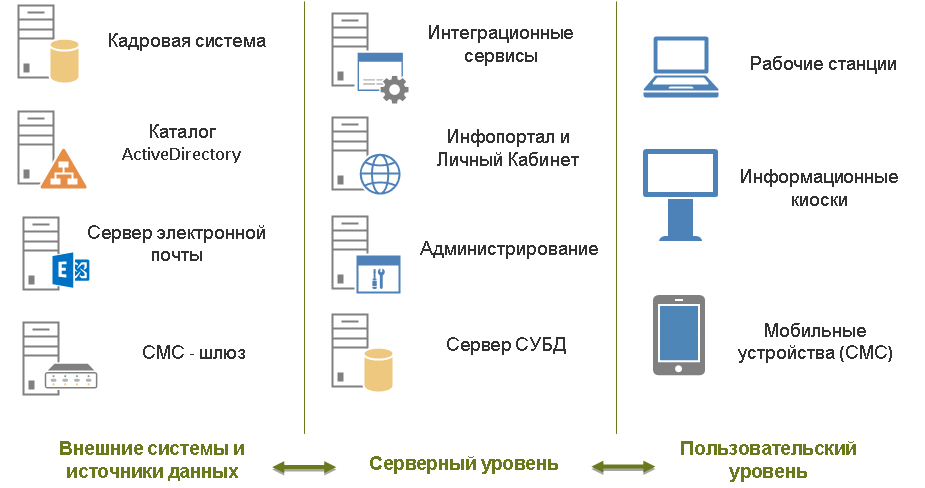
We developed the software for it ourselves. It is responsible for authorizing employees, integrates with the mail, so that requests for certificates (which require signing) are automatically sent by e-mail to the personnel department. In addition, there is monitoring of terminals and printers, monitoring the availability of the backend, settings and remote access.
As for service: at each customer site there is a support service that receives notifications in case of breakdowns or standard force majeure when the paper runs out, for example. And tech support software happens remotely with us.
We also tested the kiosk in our office on an engineering sample. Here, for example, they set up a set of references necessary for a specific customer:
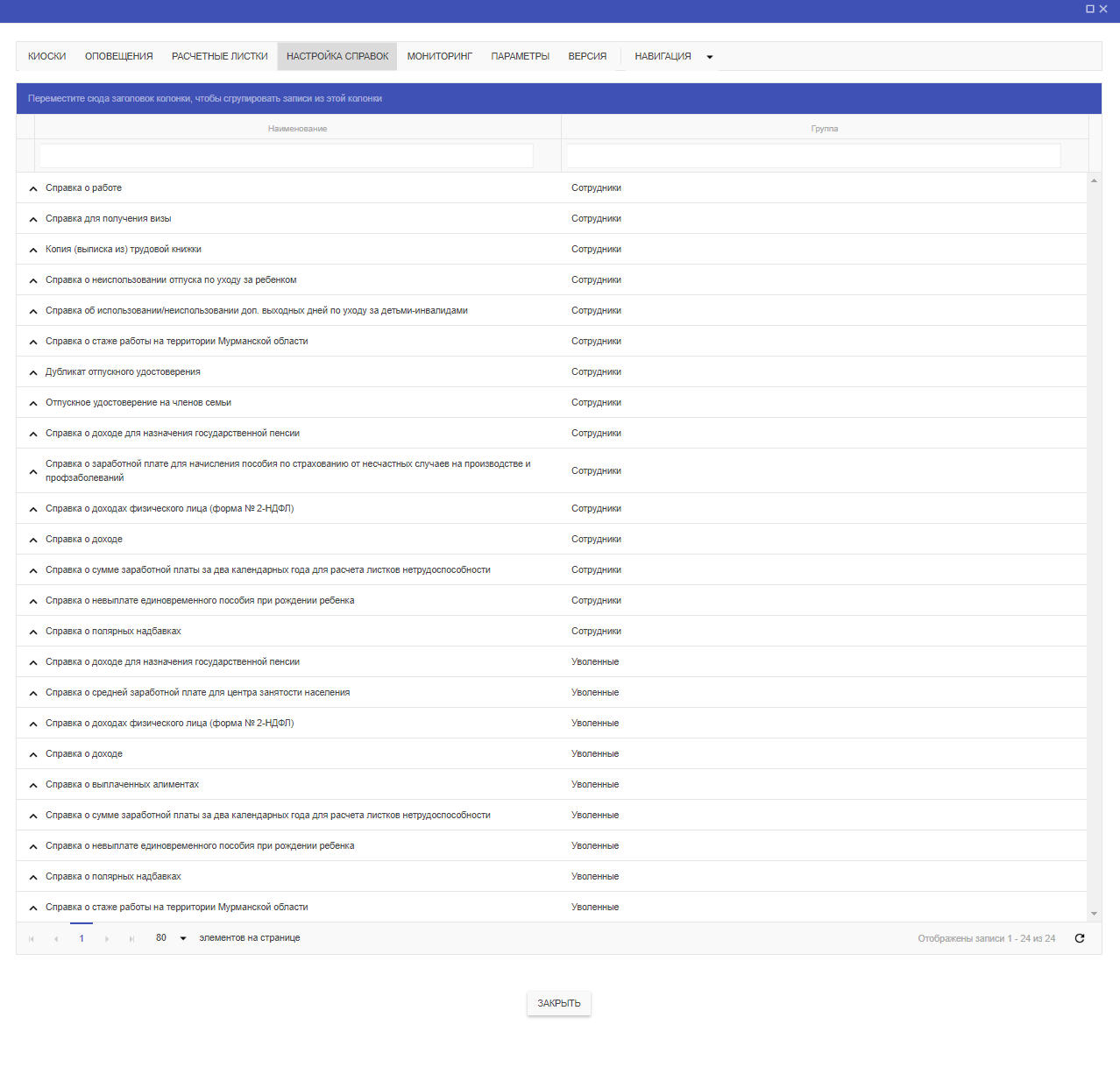
Some interface:
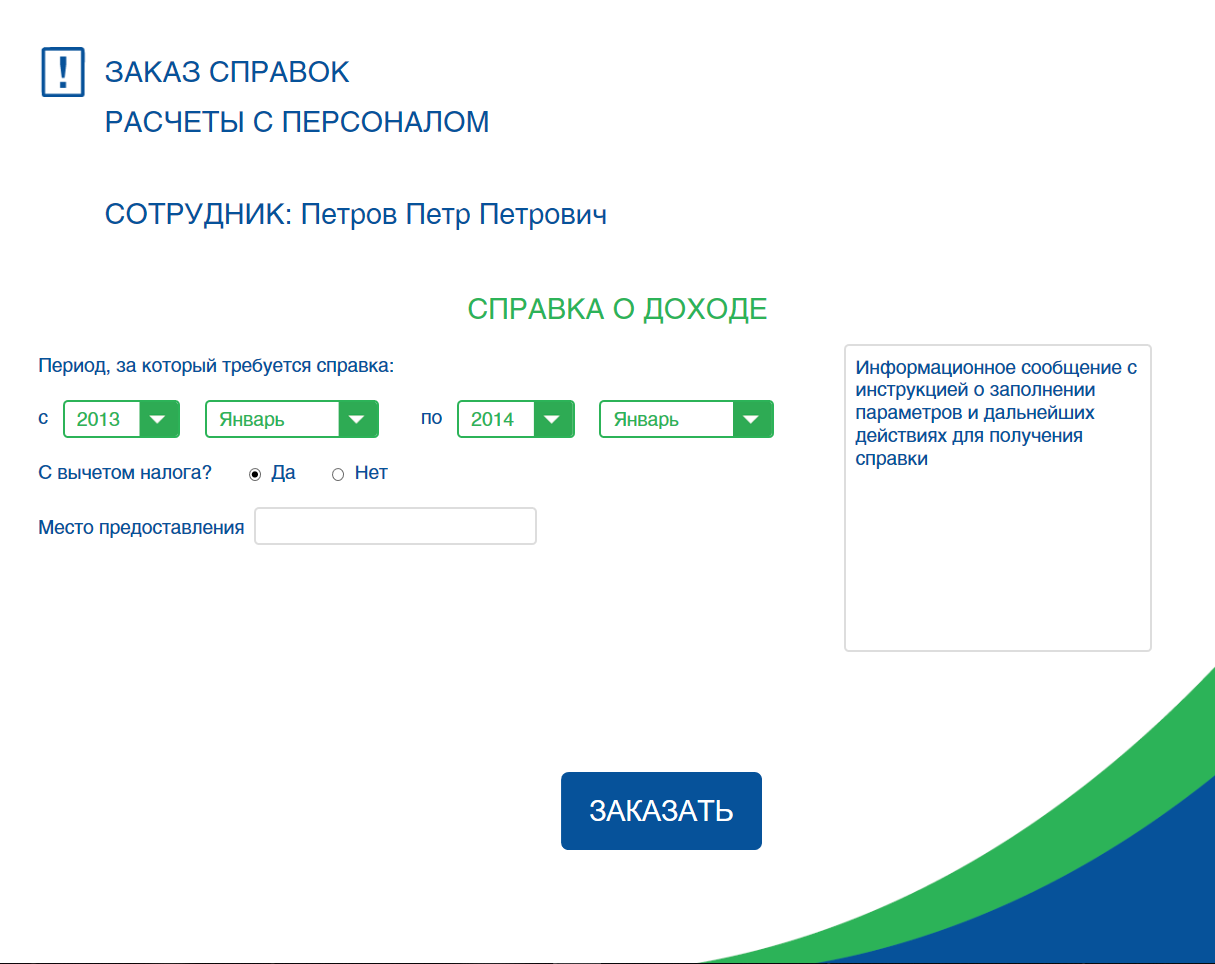
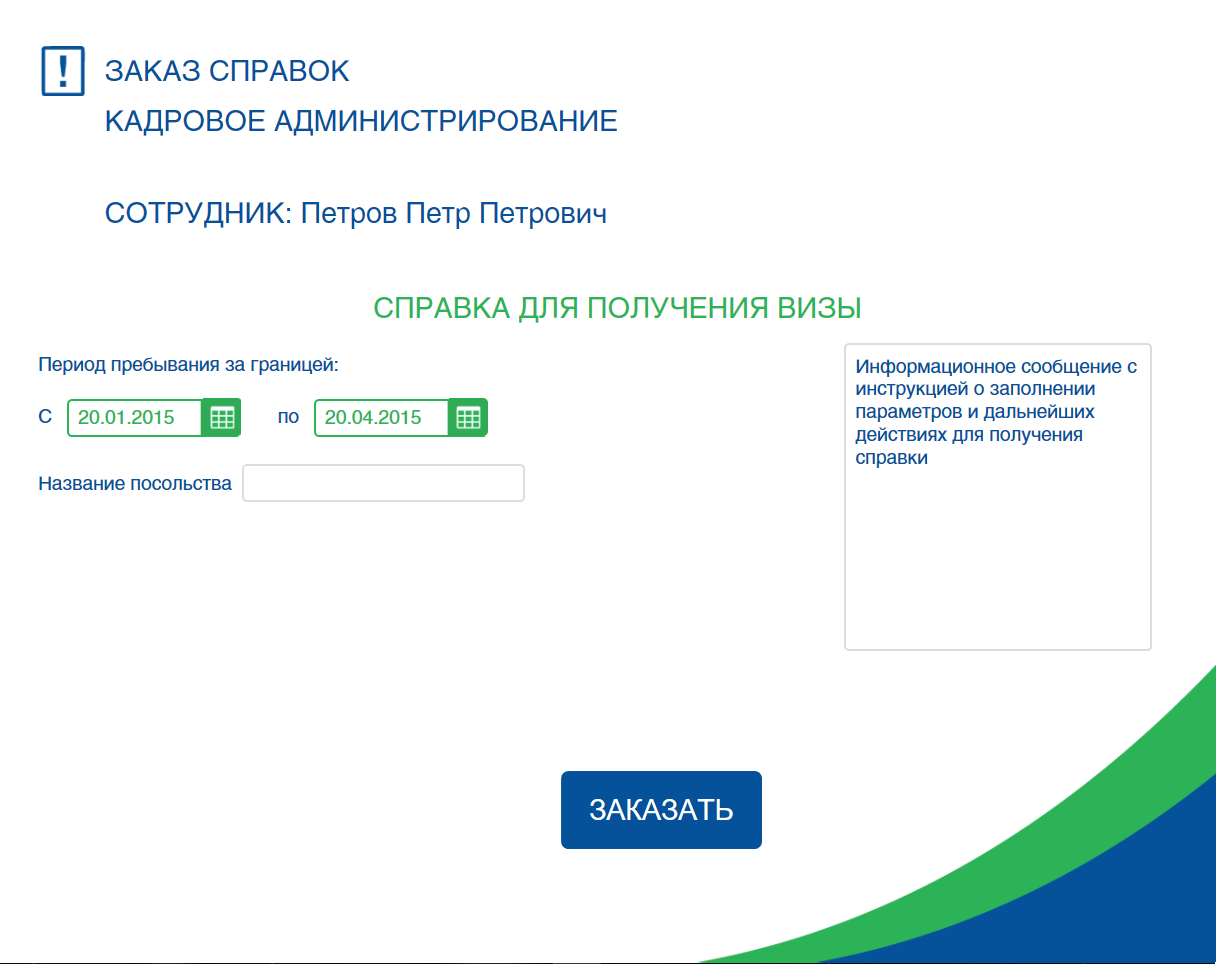
By the way, besides references, you can also get information about the experience:

Looking a little ahead: we are now implementing the second version of the project. It's all the same, only in the mobile application.
The interface is basically the same:
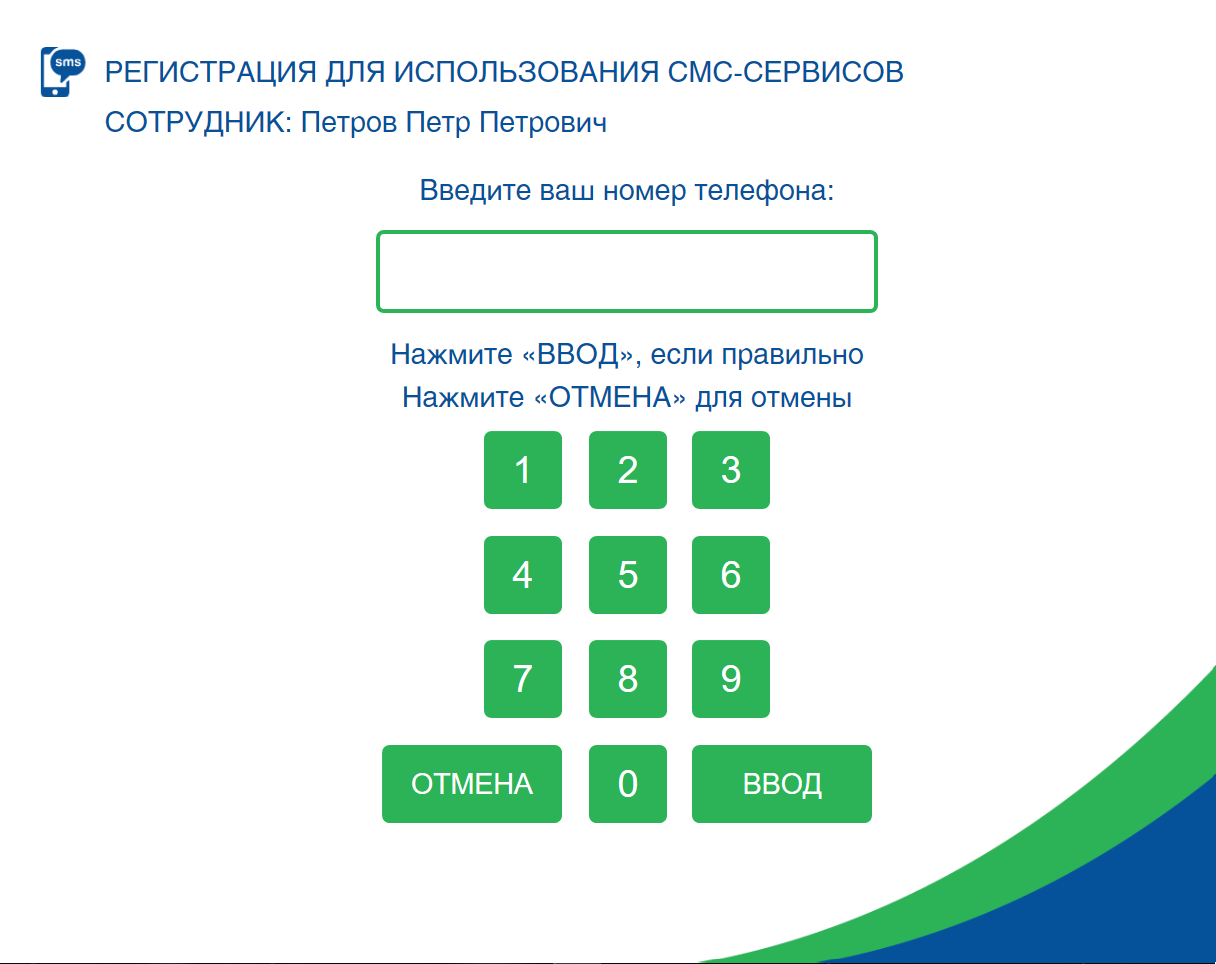
By the way, new installations can be delivered as a managed service (that is, for a subscription fee, and not standardly - for a project). It all depends on the needs of the customer.
If you have any questions, I will be happy to answer: dakulov@croc.ru
